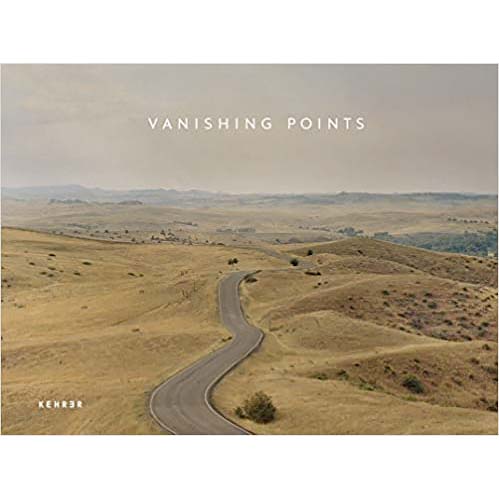Vanishing Points is a long-term photography project that focuses
on significant sites of Indigenous American presence, including
sacred landforms, earthworks, documented archaeological sites
and contested battlegrounds. The book combines beautiful large
format landscape images with smaller still lifes of objects and
debris collected at the sites. The combination of photographs
presented in this book operate as literal and metaphorical vanishing points. They reflect on the monuments modern culture
will leave behind and what the archeological evidence of our
civilization will reveal about our time on earth.
From the essay Filament by Kirsten Rian:
"Push a shovel into the soil anywhere in the United States and
there's a story to tell. One you probably don't know, were never
taught in any history class, will probably die not knowing. But
know it's there. Like life and death. Grief and loss. Sherwin's images
aren't necessarily meant to be beautiful, though many of them
are. Light still pours from the sky and spills across grasslands and
hills, no matter what battles trampled that very plot of earth centuries earlier. Clouds move along a horizon, trees anchor the sight-
line. Truth and lies. Light and dark. All at once."
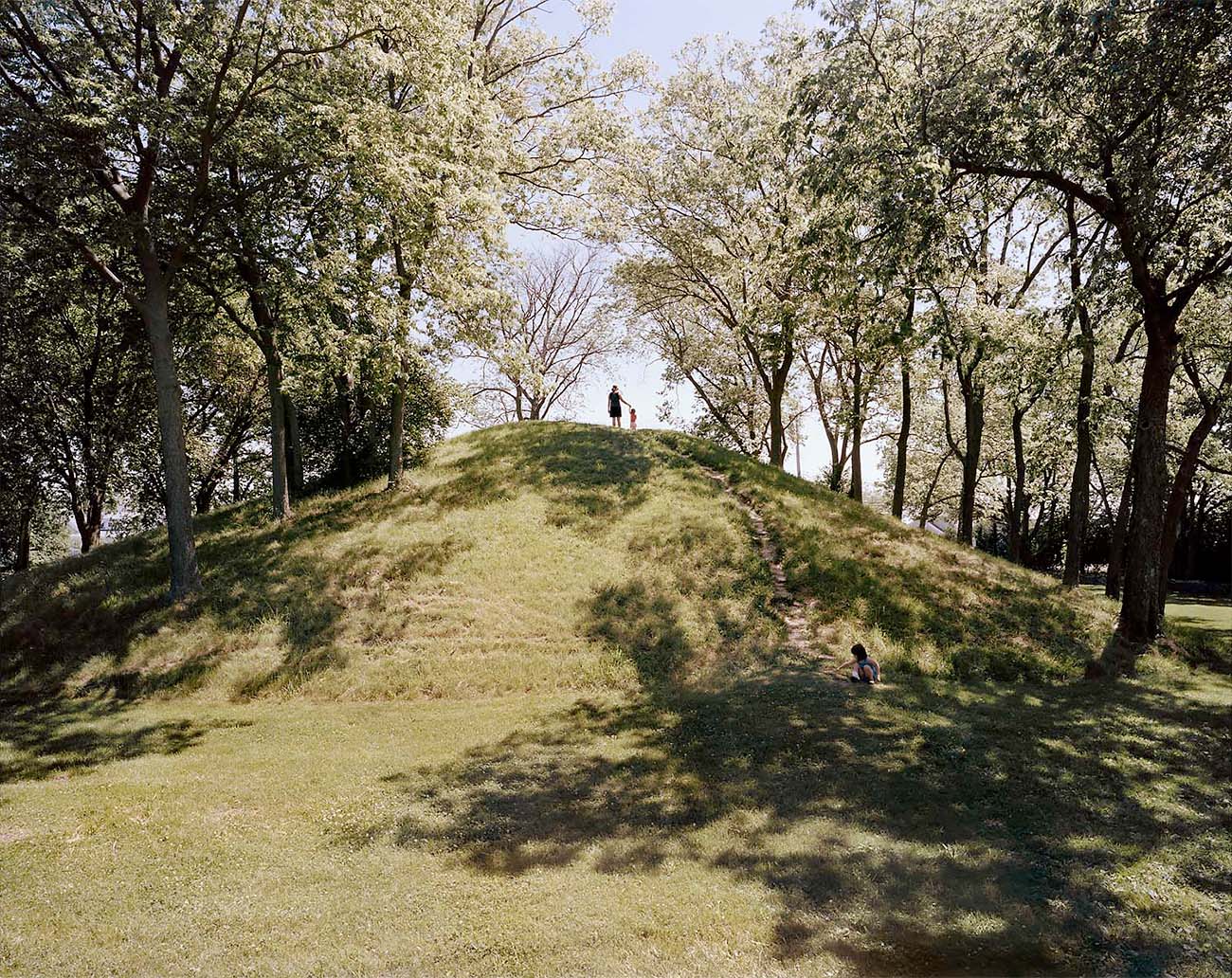
Shrum Mound, Columbus, OH © Michael Sherwin
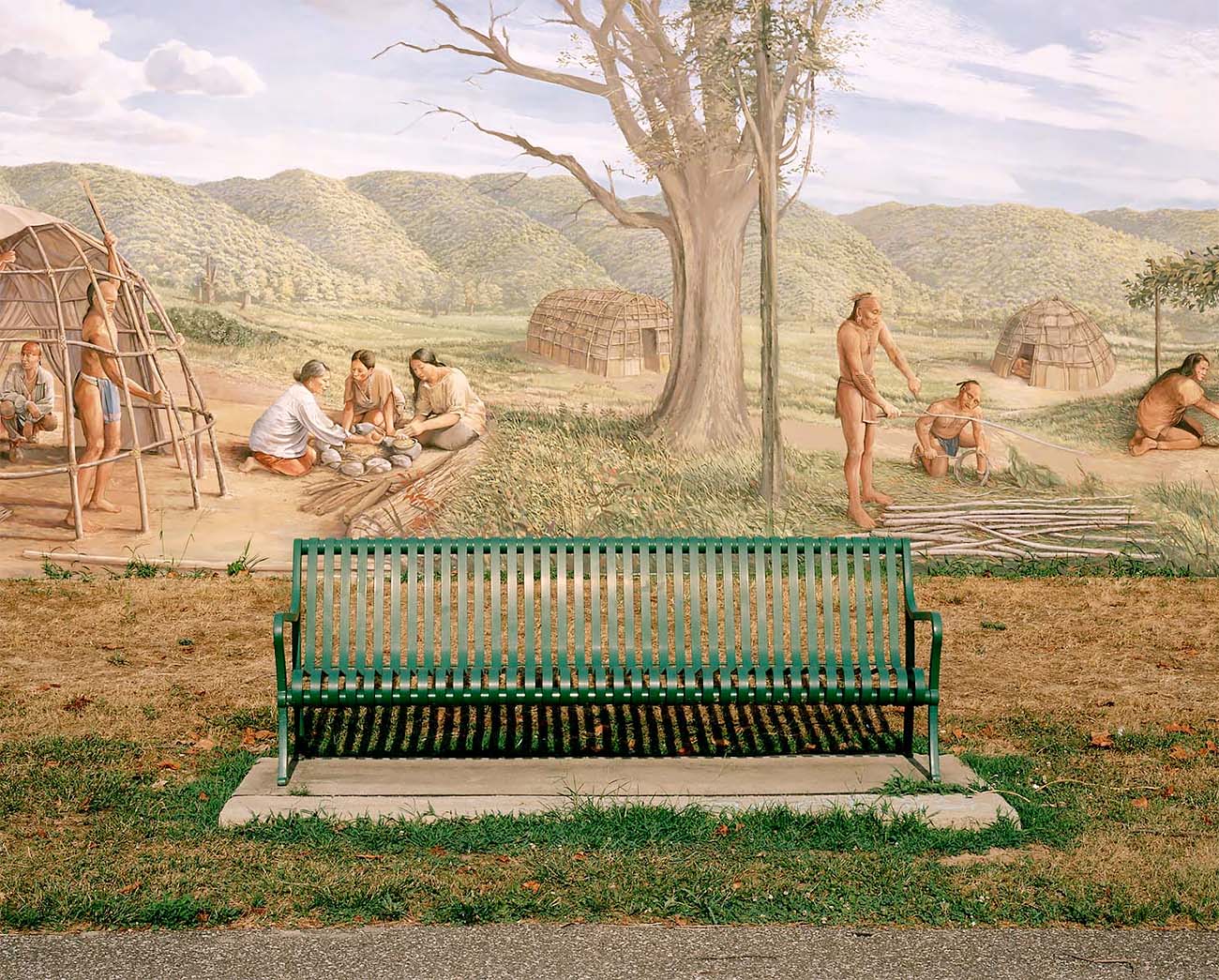
Mural, Point Pleasant Riverfront Park, Point Pleasant, WV © Michael Sherwin
From the essay Wandering | Wondering by Michael Sherwin:
"Shortly after moving to Morgantown, West Virginia, I discovered
that a local shopping center had been built upon an 800-year-old
sacred burial ground and village site associated with the Monongahelan culture. I'd frequently shopped at the Centre, and this
new revelation transformed my understanding of the landscape
and place I called home. Reflected in the scene in front of me was
an ancient, spiritually important and hallowed landscape clouded
by the tangible constructions of modern Western culture. In an ef-
fort to reckon with this conflict, I was compelled to photograph
the site, and the resulting image held a mysterious duality. While
the photograph is always rooted to the present moment, it can
also connect to something ancient, alluding to what has hap-
pened. A photograph displays what is there and what is not
there—a mirror and a memory."
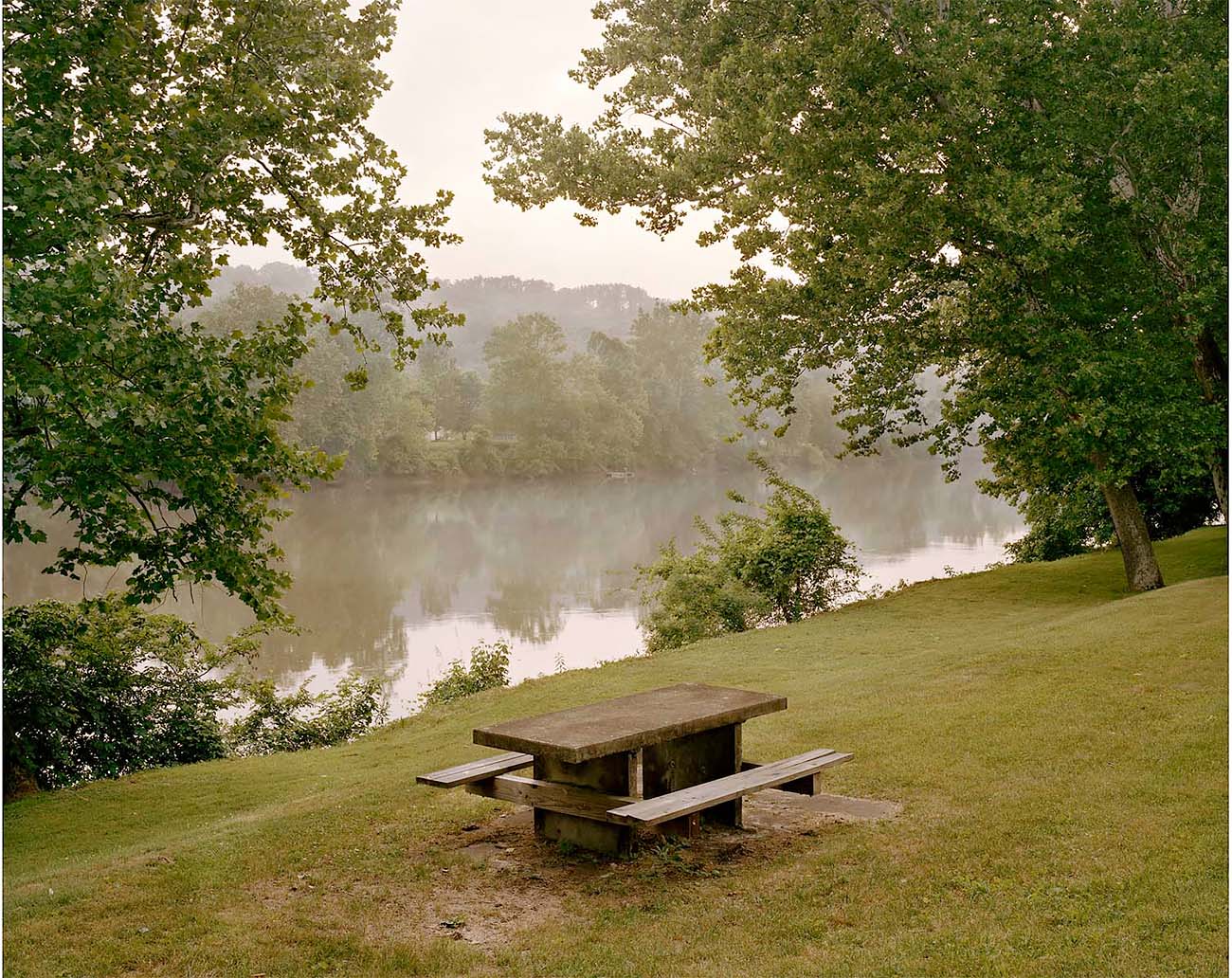
Big Bottom Massacre State Memorial, Morgan County, OH © Michael Sherwin
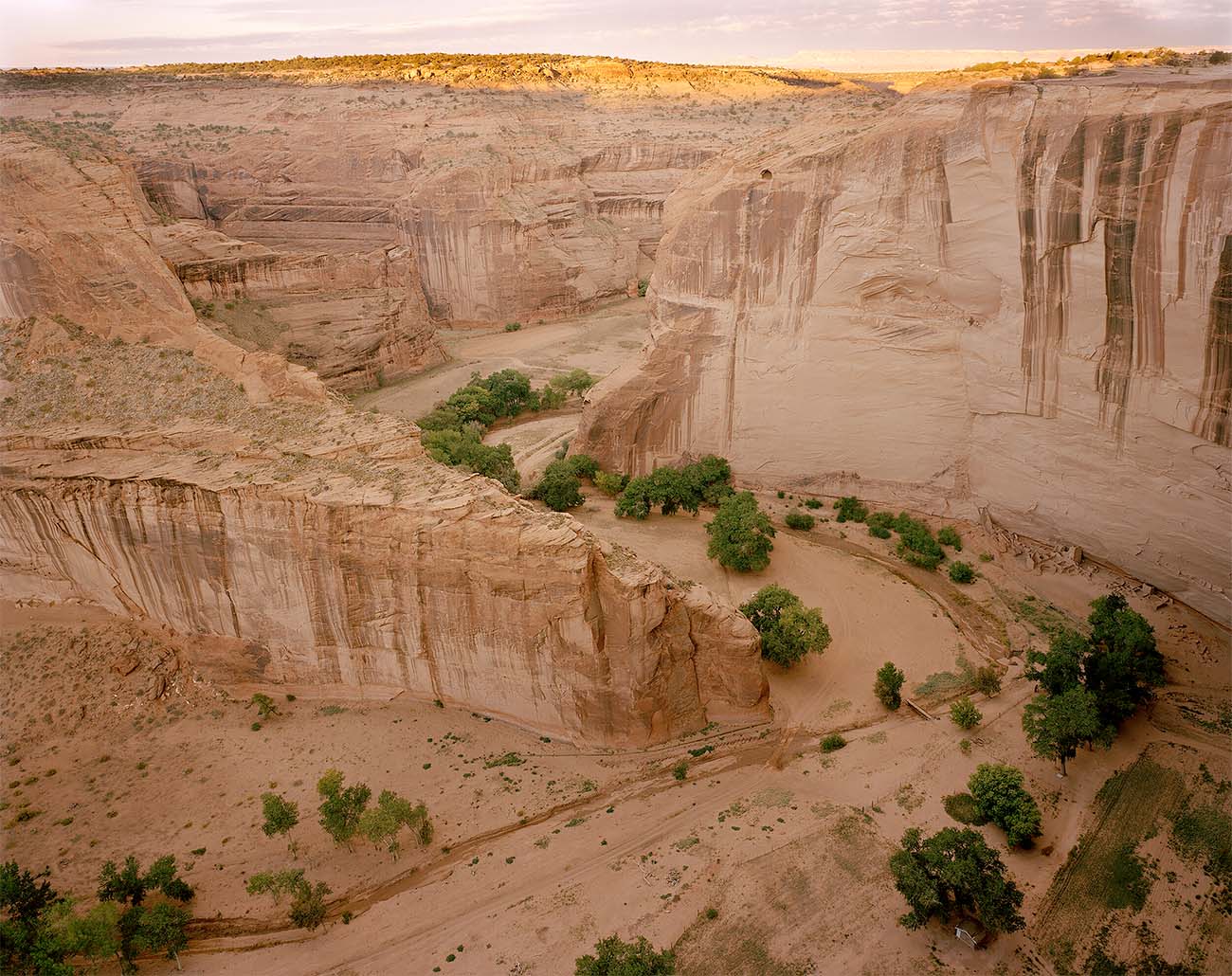
Antelope House Ruins, Canyon de Chelly National Monument, AZ © Michael Sherwin
Michael Sherwin is a multimedia artist based in the Appalachian
Mountains of northern West Virginia. He has won numerous
grants and awards for his work and has exhibited widely, including recent exhibitions at the Atlanta Contemporary Arts Center,
Morris Museum of Art, Huntington Museum of Art, and the Center for Fine Art Photography among others. Reviews and features
of his work have been published in Art Papers magazine, Oxford
American Magazine, Prism magazine, Medium's Vantage and
National Public Radio. Currently, he is an Associate Professor of
Art in the School of Art and Design at West Virginia University.
Michael Sherwin's Website
Michael Sherwin on Instagram
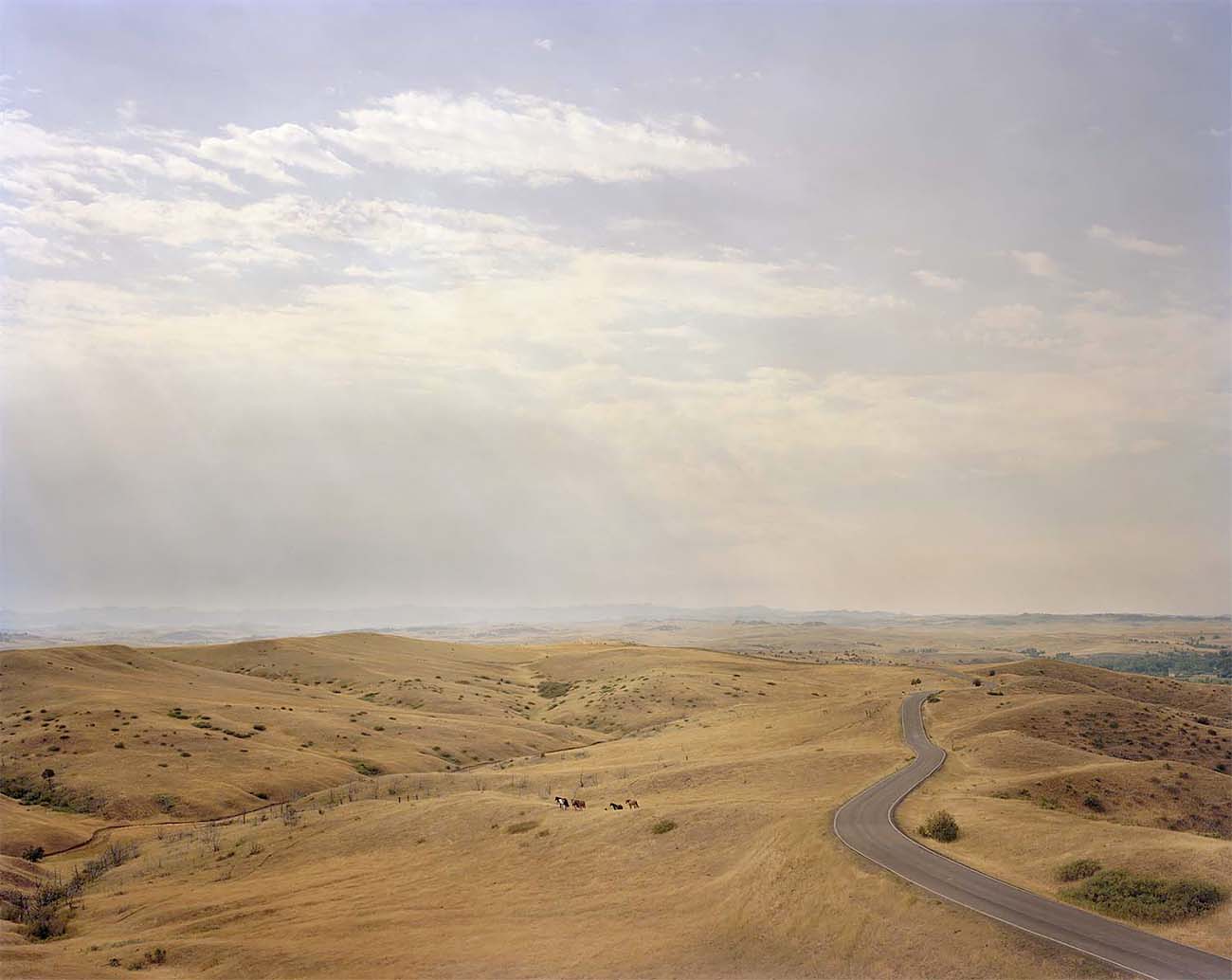
Wild Horses and Road, Crow Indian Reservation, MT © Michael Sherwin
is an independent photography curator, visual artist,
university professor, and writer. She is widely published as a journalist, essayist, and poet, and the author of three notable books.
Josh Garrett-Davis' writing has appeared in such publications as
the New York Times, High Country News, South Dakota History,
California History, and the Los Angeles Review of Books, among
other places. Currently, Josh is the Gamble Associate Curator at
the Autry Museum of the American West in Los Angeles.

Suncrest Towne Centre, Morgantown, WV © Michael Sherwin
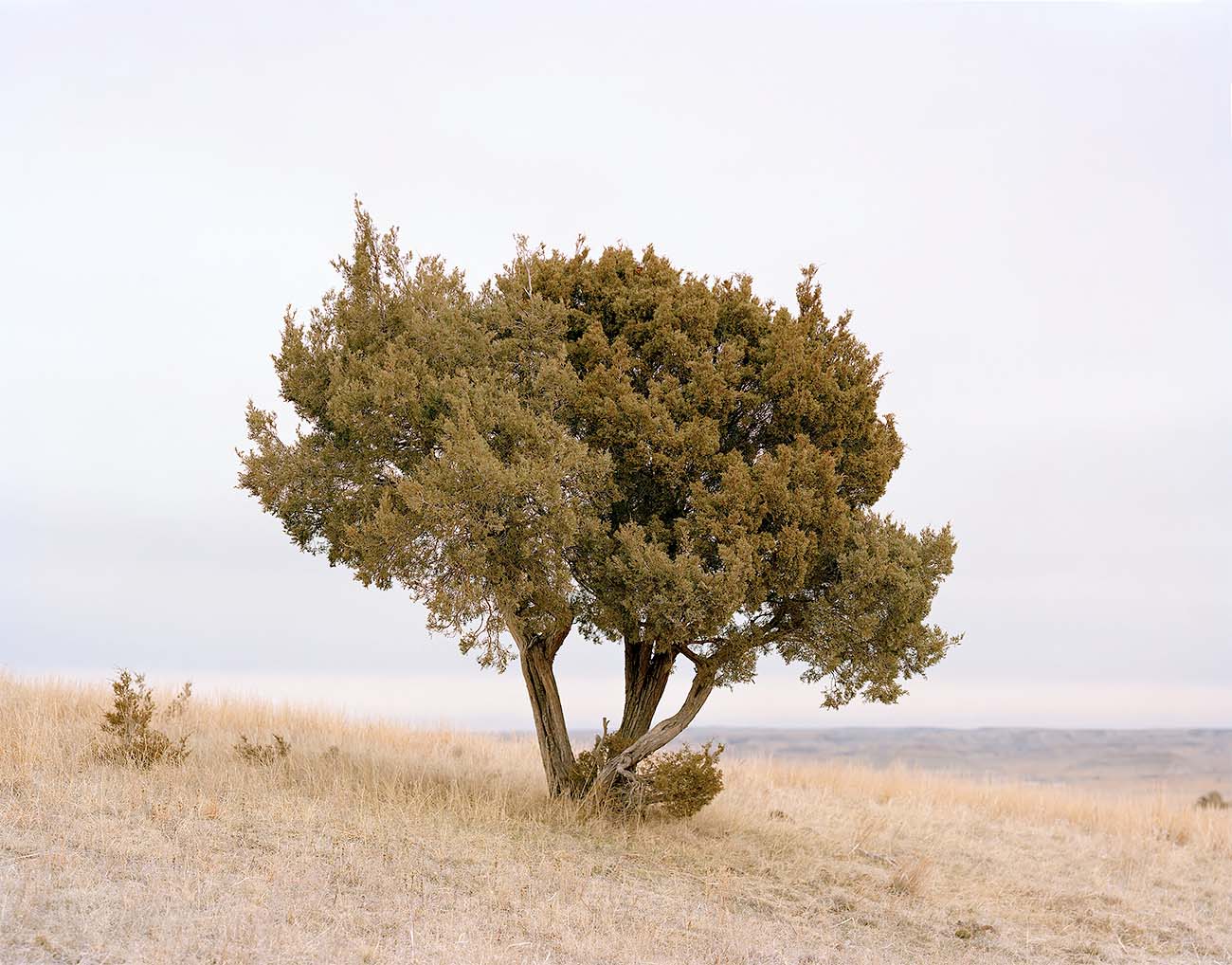
Prairie Juniper, Theodore Roosevelt National Park, ND © Michael Sherwin
